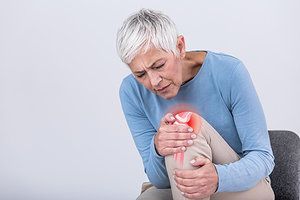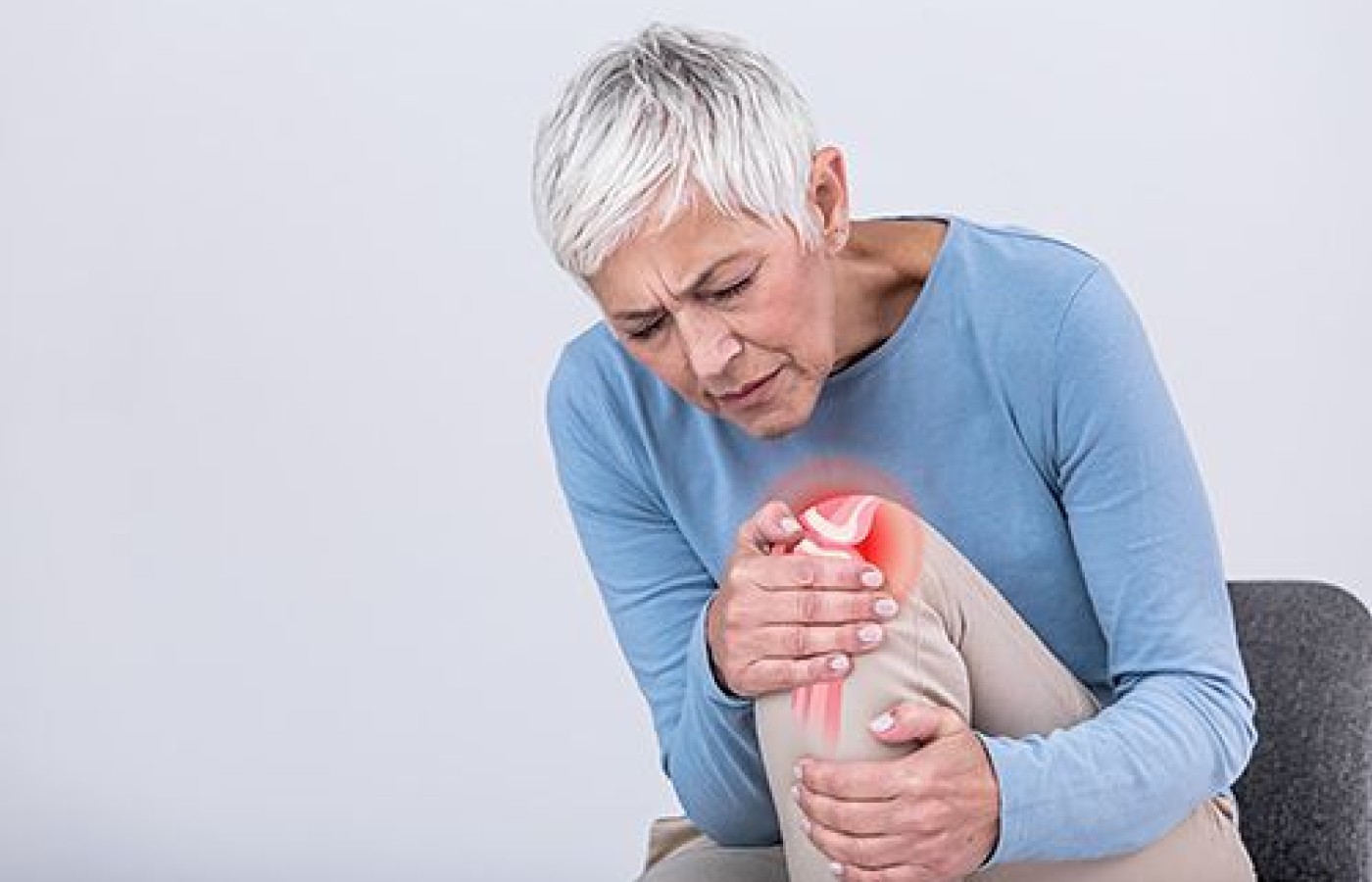When we talk about fertility, the focus is often placed on the ovaries and the uterus. Yet sperm-related factors contribute to nearly half of all cases of infertility. Whether someone is navigating fertility care alone or with a partner, and whether building a family through intercourse, IVI, IUI or IVF, it’s vital to include sperm health in the picture.
Acupuncture: Essential for Knee Arthritis
Arthritis is no laughing matter, as evidenced by its prevalence in the U.S. population alone. According to the CDC, nearly one in four adults (more than 54 million people) have arthritis, and more than one in four suffer severe joint pain. Nearly 50 percent have activity limitations due to their condition.
Electroacupuncture is a viable treatment option, suggests a new clinical trial by H.B. Cao, et al., published in the Chinese Journal of Rehabilitation Medicine. EA, in conjunction with medication and functional training, significantly reduced pain and restored knee joint function.
Patients, all of whom had early- or mid-stage knee arthritis, were divided into an EA group and an observation group for comparison. Both groups took glucosamine sulfate and participated in functional training for 30 days to promote knee flexibility and stability.
For the same time period, the EA group also received electroacupuncture to GB 34 (Yanglingqua) and GB 33 (Xiyanguan) along the Shaoyang meridian, with intensity adjusted to patient tolerance, and needles retained for 30 minutes once EA began.

Outcome measures, assessed via the Visual Analogue Scale, Lysholm knee score, Western Ontario and McMaster University Osteoarthritis Index, and range-of-motion score, categorized improvement as follows: 1) clinically controlled (elimination of joint pain; restoration of joint function); 2) significantly effective (relief of joint pain and stiffness; joint function improved); 3) effective (symptoms relieved slightly); or 4) ineffective (symptoms worsened or not improved).
More members of the EA group achieved "effective" improvement or better compared to the observation group (56 percent vs. 45 percent), leading the study authors to conclude acupuncture can reduce pain and help restore knee joint function in knee arthritis patients.
Source: Cao HB, Wang SM, Gui GF. Clinical effects of electroacupuncture along Shaoyang meridian combined with functional training on knee osteoarthritis, Chinese J Rehab Med, December 2020.



